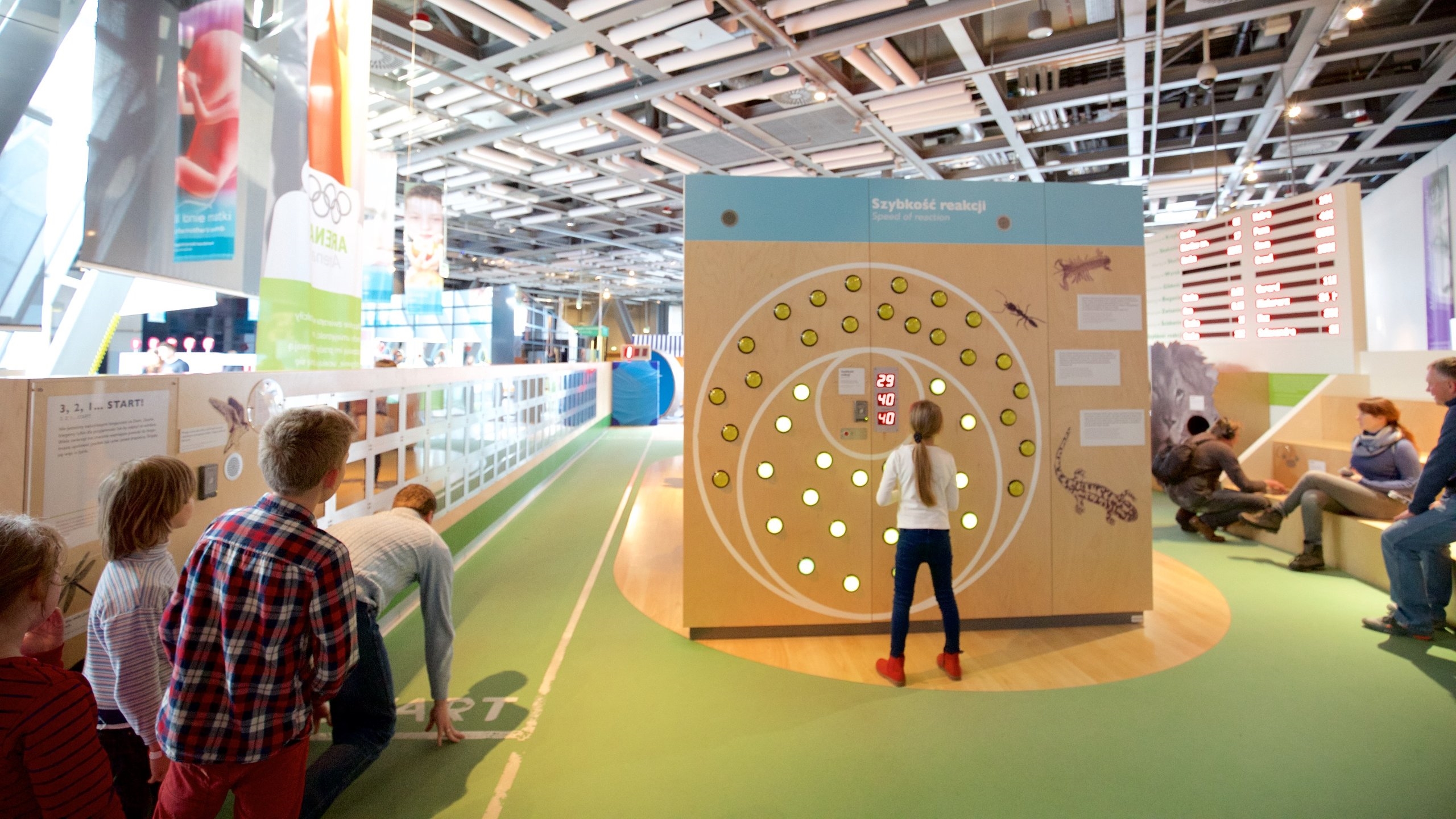The Futuristic Design of Copernicus Science Centre
The Copernicus Science Centre in Warsaw, Poland, is a beacon of modern architecture and innovation. It stands as a testament to the fusion of science, technology, and art, offering visitors an immersive experience that goes beyond traditional museum visits. This center is not just a place to observe scientific phenomena but a space designed to inspire curiosity and creativity through its futuristic design.
Architectural Vision and Design
The Copernicus Science Centre was designed by the Polish architectural firm RAr-2 and the Finnish firm Heikkinen-Komonen Architects. The building’s design is a harmonious blend of nature and technology, reflecting the center’s mission to connect people with science. The structure is characterized by its sleek, angular lines and extensive use of glass and steel, which give it a modern, cutting-edge appearance. The building’s façade is designed to mimic the natural landscape, with green roofs and terraces that integrate seamlessly with the surrounding environment. This design not only enhances the aesthetic appeal but also promotes sustainability by reducing energy consumption and supporting biodiversity.
Interactive Exhibits and Spaces
Inside, the Copernicus Science Centre is a hub of interactive exhibits and spaces that encourage hands-on learning. The interior design is open and fluid, allowing visitors to move freely between different exhibits and activities. The center is divided into thematic zones, each dedicated to a specific area of science, such as physics, biology, and robotics. These zones are equipped with state-of-the-art technology and interactive displays that engage visitors of all ages. The design of these spaces is intentionally futuristic, with sleek surfaces, dynamic lighting, and digital interfaces that create an immersive environment. This approach not only makes learning fun but also helps visitors understand complex scientific concepts through direct interaction.
Sustainability and Innovation
Sustainability is a core principle in the design of the Copernicus Science Centre. The building incorporates numerous eco-friendly features, such as solar panels, rainwater harvesting systems, and energy-efficient lighting. These elements not only reduce the center’s environmental footprint but also serve as educational tools, demonstrating the practical applications of sustainable technology. The center’s commitment to innovation is also evident in its use of cutting-edge materials and construction techniques. For example, the building’s glass façade is designed to maximize natural light while minimizing heat gain, reducing the need for artificial lighting and air conditioning. This focus on sustainability and innovation ensures that the Copernicus Science Centre remains at the forefront of modern architectural design.
The Copernicus Science Centre is more than just a building; it is a symbol of the future of science and education. Its futuristic design, interactive exhibits, and commitment to sustainability make it a must-visit destination for anyone interested in the intersection of science, technology, and architecture.
